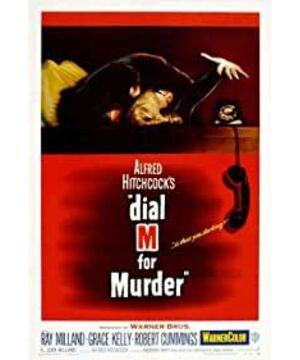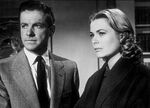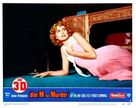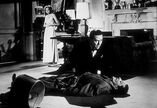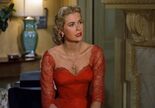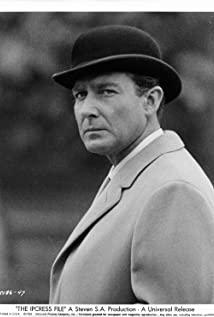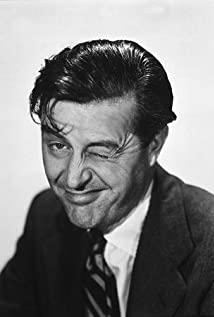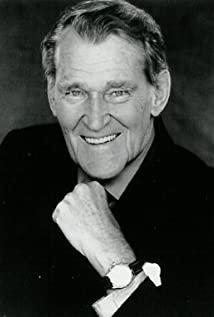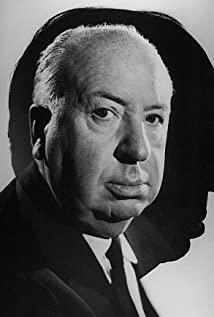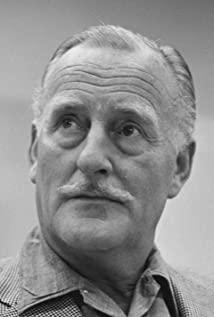Hitchcock is worthy of being a master of suspense. Even today, this plot is much better than a single movie. A classic is a classic. The suspense points are very well laid out, starting with the disappearing love letters and extortion letters. Then the male protagonist called his old classmates and persuaded the accomplices (this part is very exciting and fascinating, the male protagonist confidently shows all the details one by one, but he is right with Mark's words, the perfect murder case is just a story on paper, echoed again at the end). The following late phone call and murder miss, to the heroine's killing of an old classmate (this is also a wonderful plot reversal), and the man who quickly starts planning to frame his wife on the other end of the phone, the rhythm is very good, and the audience is very nervous. Later, the police began to intervene, the male protagonist continued to lie, the female protagonist Bell was imprisoned, the police designed the investigation, interlocking, and finally gave the male protagonist and the audience an equally surprising ending at the end. The entire movie scene is relatively simple, basically in the house at No. 61, or even more in the living room, and the camera angle is not changed, but Hitchcock can unfold such a wonderful scene in such a simple scene s story. And the set of close-up shots of the heroine being tried is also very classic (the shooting method should be quite novel at that time), the background color and lighting keep getting darker as the trial situation goes down, with Grace Kelly panicking and finally despairing His expression perfectly expresses the plot of the trial without being sloppy. Of course, there are also the little Easter eggs that Hitchcock left for the audience. I only found one obvious one. At the beginning, the male protagonist and old classmates talked about the lost box of money. When it comes to a school worker, Old Alfred~~ planted himself like this. Into the?
View more about Dial M for Murder reviews


